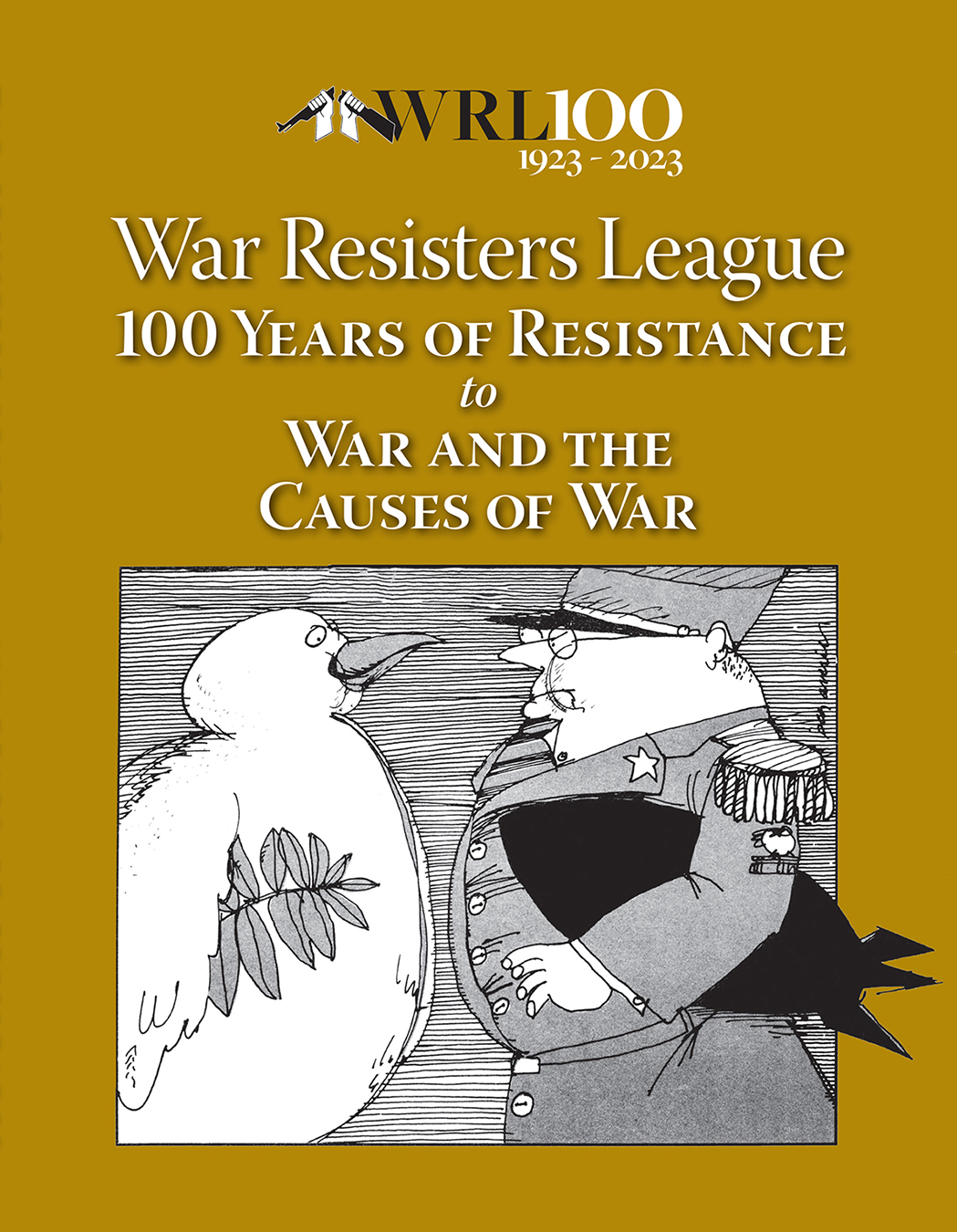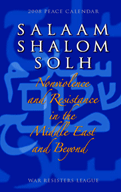In the 1980s, I traveled to Nevada several times to protest nuclear weapons testing at the Nevada Test Site (NTS) about 65 miles northwest of Las Vegas. A friend of mine was a “nuclear veteran,” one of the 6,000 soldiers positioned within a mile of one of the above-ground explosions in the 1950s to test the effects of the bomb. In other words, he was a subject of government experimentation without his knowledge or consent.
As I stood at the cattle guard, facing a line of armed guards and sheriff’s deputies blocking the road to the mysterious desert facility, I wondered how much radiation I was breathing in with the heat and blowing sand. But I was young enough then that I did not worry about the possible long-term health effects, even though I knew the half-life of plutonium to be over 26,000 years.
On my second trip to NTS, I met a Western Shoshone man, William Rosse, who was speaking at the event. He explained that the NTS was on land stolen from the Western Shoshone, who had signed a treaty of peace and friendship with the United States in 1863. The treaty, which was ruled in full force and effect in federal court, described the Western Shoshone boundaries: most of what we know as the state of Nevada, a bit of Utah, Idaho, and down to the Mojave Desert in California. It was huge—and it surrounded the test site.
I realized that helping the Shoshone and recognizing the treaty were the keys to stopping the nuclear testing. In 1996, I moved to Nevada to work full time on assertion of Western Shoshone rights and stopping nuclear proliferation. If radiation remains present for so long, where was it? It had to still be there.
Above-ground testing began January 27, 1951, and continued through October 31, 1958, when a moratorium went into effect. When the Soviet Union resumed testing in 1961, so did the United States. The last atmospheric test at the NTS was July 17, 1962. But underground testing continued. In 1996, the Comprehensive Nuclear Test Ban Treaty was signed, “prohibiting any nuclear weapon test explosion.” A total of 928 nuclear tests have taken place at the Nevada Test Site. Of these tests, 100 were atmospheric tests. These figures do not include sub-critical tests, which continue.
Western Shoshone and Paiute groups in the area had more exposure to radiation because of their culture and way of life. A study by a Native group, Nuclear Risk Management for Native Communities, showed that radiation was not monitored in areas where Native people spent most of their time. Air monitors were in towns near highways, not near their isolated homes and hunting, fishing, and gathering areas, many of which were at higher altitudes with more potential radiation. Researchers had not considered that Native people were outside most of the time, ate wild game and plants, and used plants and animal hides in creating tools, drums, clothing, housing, and art.
CONTAMINATION
Despite the large number of nuclear tests with accompanying fallout and the fact that Western Shoshone have not given up their foraging lifestyle, there have been few studies of off-site soil contamination and no studies of residual fallout on Western Shoshone land or on the vegetation there. No studies could be found that studied the effects of radionuclides on traditional foods like pine nuts or berries. There have been no studies of health effects, nor any baseline studies of overall health in the area—either of Western Shoshone or any other population.
During the nuclear era, the only scientific health and safety information about nuclear testing came directly from the Department of Energy (DOE), and most of the documents remain classified. Thirty-nine nonprofit and environmental groups sued the DOE to gain access to independent analysis and review of DOE site activities. The lawsuit resulted in a 1998 settlement with $6.25 million being set aside for independent review and analyses of activities at DOE sites. I assisted two Western Shoshone groups in getting funding to study radiation remaining in the soils of Nevada.
Locating radiation in soil over such a large area is a daunting task. Radiation did not fall in a uniform pattern. It fell indiscriminately and then blew over the surface of the sandy soil. Because soil tests were so expensive, over $600 each, the number of sites we could test were limited. A plan was devised to increase the likelihood of finding nuclear testing-related radiation if it was present.
First, 13 Western Shoshone ranging in age from 55 to 92 who lived in or used areas near the test site during the period of atmospheric testing were interviewed about their memories of the nuclear testing era, including specific locations of hunting, fishing, gathering, camping, and tribal ceremonies. Next, those areas were examined by Western Shoshone participants using hand-held radiation meters. Soil samples were collected in undisturbed areas with the highest levels of radiation. The collections were sent to the laboratory in Washington State that conducts testing for the Hanford Nuclear facility.
Radionuclides chosen for analysis were products of nuclear weapons testing that had a relatively long half-life. Many fission products are short-lived and thus would not be detected. In addition to gross alpha, beta, and gamma spectrometry, individual tests for plutonium-239 (half-life 24,065 years) and -240 (half-life 6,537 years), the most carcinogenic substance on earth; tritium; strontium90 (half-life 29.1 years), which behaves like calcium and is taken into the bones, marrow, and teeth; cesium-137 (half-life 30.17 years); and americium-241(half-life 432.7 years), a man-made isotope produced during detonations, were analyzed.
The interviews clearly showed that the Shoshone communities were never notified of testing, nor were they told that the radioactivity might be dangerous or how to protect themselves. People found out through radio or newspaper reports following a test. “They made it sound safe so we wouldn’t panic, but later on, everyone knew it was dangerous,” said an interviewee who asked to remain anonymous.
MUSHROOM CLOUD
Descriptions of the tests were vivid. In warm weather, most Shoshone slept outdoors under the trees and thus witnessed the tests. They described rumbling sounds, dust in the air, and brilliantly colored flashes lighting up the sky. Many in the south saw the “funny-looking” mushroom cloud.
Food sharing was common. Rabbits, deer, and big horn were hunted and shared with the whole community. In the 1960s, word started to leak out that testing was dangerous. “We ate rabbits—head, neck, and limbs, too,” said an interviewee. “Then we saw lots of disease in the rabbits.” Animals started to appear with boils. “We didn’t know it was going to be bad and hurt people. We didn’t think about it. They said they were testing [and] ‘It’s not going to hurt you.’”
An elder in his 90s remembered killing diseased deer with foul-smelling black balls the size of a dime inside the muscles. “Nothing grows now,” he observed. “More people died off, and the animals disappeared with them. Lizards, squirrels, rabbits, doves—they never come back. My dad told me that when all the Indians (Shoshone) die, the food will go right with them. They won’t have nothing. Everything will die off.”
At the NTS, an elder took pitch off the pine trees and made a big ball to take home. One of the ethnographers said she shouldn’t take it, that it was going to make her sick. Another person was at an NTS ethnographic project and picked some pine nuts and put them in his pocket. The leader told him to throw them away and not eat them because of the radiation. They had never been told that.
One elder recalled, “People sometimes lived to 115, but now they’re dying earlier and they’re obese from not being active. I blame that on the government. They closed off our dreams and goals of what we could achieve. They came in and told us we can’t own land and kicked us off from ranching. Then they gave us commodities and boarding school. Now they might destroy our pine nuts too. They killed all the plants, and nothing grows now.”
Several Shoshone discussed a woman who had lived in Death Valley and moved to Beatty, Nev., when she became ill. When she died, they tried to move her and the skin fell off her bones.
Another elder recalled how miners came into the area to explore the area outside Tonopah for uranium. Because of the Cold War, uranium production and self-sufficiency were encouraged. Many mining claims were filed because of high Geiger counter readings. Despite repeated digging, the miners found no uranium. The high readings were apparently from a radionuclide that had covered the fields. And, in fact, the soil studies showed the fields outside Tonopah, Nev., contained both plutonium and americium.
The results from the soil sampling showed alpha and beta radiation above acceptable limits in all 52 samples, including areas not being monitored west of Tonopah. Cesium and strontium were present in some of the north and west samples.
The concept of “downwinder” assumes plume direction. Most DOE studies are based on plumes traveling north and east. But is this correct? Wind patterns cannot be predicted. While most wind moves west to east, currents at 10,000 feet may move differently than those at 20,000 or 30,000 feet. The Western Shoshone studies indicate that radiation has moved west and south. In fact, doses from the west were higher than doses in the assumed fallout areas. Is the radiation from another source, like Chernobyl? Perhaps there are more “downwinders” than we think.
The complete studies, funded by the Monitoring and Technical Assessment (MTA) Fund, can be found at www.clarku.edu/mtafund/prodlib/tuppipuh/tuppipuh.pdf and www.clarku.edu/mtafund/prodlib/yomba/yomba.pdf, or contact Dr. Bobb at drbonnie2002 [at] yahoo.com.





